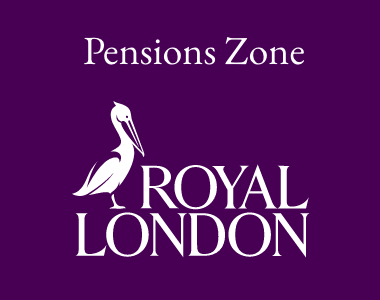Steve Bailey, director ATEB Consulting, looks at what the FCA requires of financial advice firms under the rules governing Pathways.
The FCA’s rules on pathways came in on 1 February 2021. Although the rules are primarily aimed at drawdown providers, there is some very brief guidance for financial advice firms that states:
- When a firm is making a personal recommendation to a retail client about the investment of funds in the client’s capped drawdown pension fund or flexi-access drawdown pension fund its suitability assessment under COBS 9.2.1R(1)(a) should include consideration of pathway investments.
- Pathway investments do not need to be considered where the personal recommendation is to purchase a fixed-term product that: (a) provides a guaranteed income, a guaranteed capital return or both; and (b) does not expose the client to investment risk, if the client remains in the product for the fixed term.
Now that we are beyond the 1 February go live date, it is possible to actually see some of the investment pathway solutions that providers have created. A quick Google search and click through to one or two provider sites will aid paraplanners’ understanding of what the pathways are and are not.
For example, clicking through to LV shows:
The investment pathways are the four statements that providers will have to ask of non-advised clients and the funds are the pathway solutions.
This link takes you to the fact sheet on TrustNet for Pathway option 1.
By definition, this fund was designed to be appropriate for a client who would relate to investment pathway statement number one. We don’t doubt that it is indeed appropriate, but it is important to note that different providers may well have different ideas of what asset allocation is appropriate – this is not an exact science.
Note the risk ratings. Pathway solutions are not risk free. And, since these funds are new, there is no investment performance data to consider, and there won’t be for a while.
Note the fund charge. This is pretty low in the scheme of things – other providers we have looked at seem also to be pitching at around the 0.25% level. There is no price cap on pathway solutions under the rules, but the value assessments now required of all funds do apply so it would appear that these new funds have taken that on board from outset.
The key point is that the pathway solutions are nothing mystical – they are just funds, albeit with some degree of matching to the broad statements above (as interpreted by the particular provider).
Our view
The pathway process was deliberately designed to avoid any possibility of providers straying across the regulated advice boundary. As a result, the pathway statements are VERY broad brush. If we saw, in the course of doing a file check, any of those in isolation as a client’s stated objective, we would certainly consider them to be a less than adequate identification of the client’s objectives.
By definition, the process is aimed at non-advised clients and is not intended to replace advice where that is in play.
So, the GUIDANCE that suggests advisers should take account of pathway solutions in their assessment of suitability is likely to be readily satisfied where firms can demonstrate, for example, that the firm’s ‘preferred’ funds are of a similar cost and/or are more closely matched to the individual client needs and/or come with the benefit of ongoing reviews. Our current view is that firms should address how they consider investment pathways in their investment process.
See ATEB Consulting’s recent article on the introduction of investment pathways and what it means for advice firms here.



































